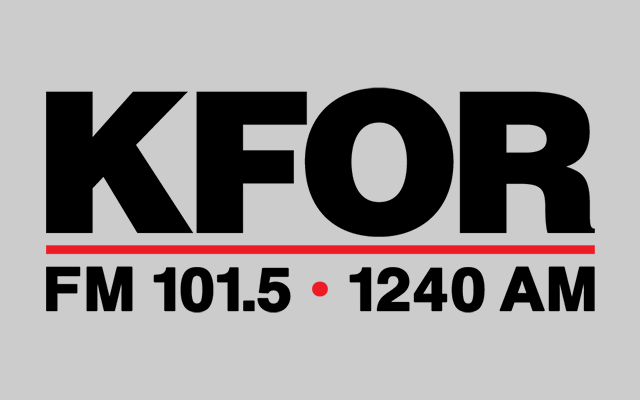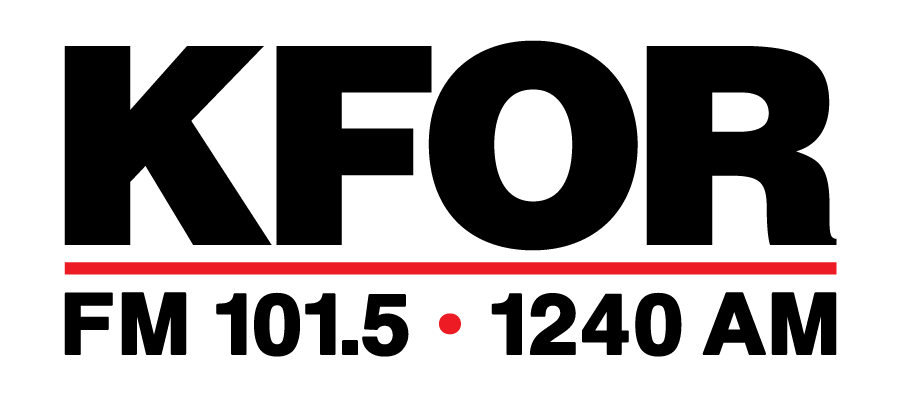April Mid-America Business Index Tumbles to Recession Level

(KFOR NEWS May 1, 2020) The April Creighton University Mid-America Business Conditions Index, a leading economic indicator for Nebraska and 8 other Midwest and Plains states stretching from Minnesota to Arkansas, plummeted for the month reaching its lowest level since the middle of the last U.S. recession.
Overall index: After falling below growth neutral for March, the overall index slumped to its lowest level since February of 2009, almost the middle of the last recession. The Business Conditions Index, which ranges between 0 and 100, tumbled to 35.1 from March’s 46.7.
“According to Creighton’s April survey of regional manufacturing supply managers, the coronavirus had a less significant impact on the manufacturing sector than other areas of the economy more directly tied to the consumer. This is a consumer led recession with manufacturing lagging. As a result, I expect the manufacturing to worsen in next month,“ said Ernie Goss, PhD, director of Creighton University’s Economic Forecasting Group and the Jack A. MacAllister Chair in Regional Economics in the Heider College of Business.
Goss added that 50% of supply manager reported business stoppages for their vendors in Creighton’s April survey, while more than one-third detailed shipping problems.”
As stated by one supply manager, “The train has slowed to almost a stop…Let’s get this economy moving again.”
Employment: The April employment index slumped to a record low of 26.2 from March’s already weak 34.7.
“In the middle of March U.S. Department of Labor data showed that only 164,040 workers in the nine-state region were unemployed and receiving unemployment insurance benefits,” said Goss. “This represented only 1.3% of individuals covered by the unemployment insurance systems. By the first week of April, 980,196 workers were receiving unemployment insurance benefits or 7.5% of covered worker.
Wholesale Prices: The wholesale inflation gauge for the month indicated deflationary pressures at the wholesale level with a wholesale price index of 44.0, lowest index since the end of the last recession, or May 2009, and down from 55.2 in March.
“With oil prices ranging between $15 and $20 due to demand issues linked to COVID-19, I expect to see deflationary pressures in the weeks and months ahead despite the Federal Reserve’s, and the U.S. government’s record economic stimulus programs,” said Goss.
Confidence: Looking ahead six months, economic optimism, as captured by the April Business Confidence Index, rebounded to a still weak 45.5 from March’s record low 14.5.
“The federal stimulus plan, the Federal Reserve monetary incentive programs, and the rebound in U.S. stock markets boosted confidence from March’s record lows,” said Goss.
Inventories: The regional inventory index for April, reflecting levels of raw materials and supplies, sank to 36.9 from last month’s 50.0.
In the April survey one supply manager reported, “Our orders are being canceled. Chinese armed forces have confiscated some of our products we had planned to use to combat the coronavirus. The U.S. government ordered Grainger to ship to them first, even though we have standing orders for N95 masks.”
Trade: The regional trade numbers were very negative for the month with new export orders tumbling to 19.4 from March’s 34.7. “On the other hand, international buying by supply mangers remained weak but increased to 38.7 from 32.7 in March,” reported Goss.
Other survey components: Other components of the April Business Conditions Index were new orders at 21.0, down from March’s 40.0; the production or sales index sank to 23.3 from March’s 37.8; and speed of deliveries of raw materials and supplies index at 68.3 dipped slightly from last month’s 68.4 reflecting slower deliveries and/or shipping difficulties.
The Creighton Economic Forecasting Group has conducted the monthly survey of supply managers in nine states since 1994 to produce leading economic indicators of the Mid-America economy. States included in the survey are Arkansas, Iowa, Kansas, Minnesota, Missouri, Nebraska, North Dakota, Oklahoma and South Dakota.
The forecasting group’s overall index, referred to as the Business Conditions Index, ranges between 0 and 100. An index greater than 50 indicates an expansionary economy over the course of the next three to six months.
The Business Conditions Index is a mathematical average of indices for new orders, production or sales, employment, inventories and delivery lead time. This is the same methodology, used since 1931 by the Institute for Supply Management (ISM), formerly the National Association of Purchasing Management. The Mid-America report is produced independently of the national ISM.






